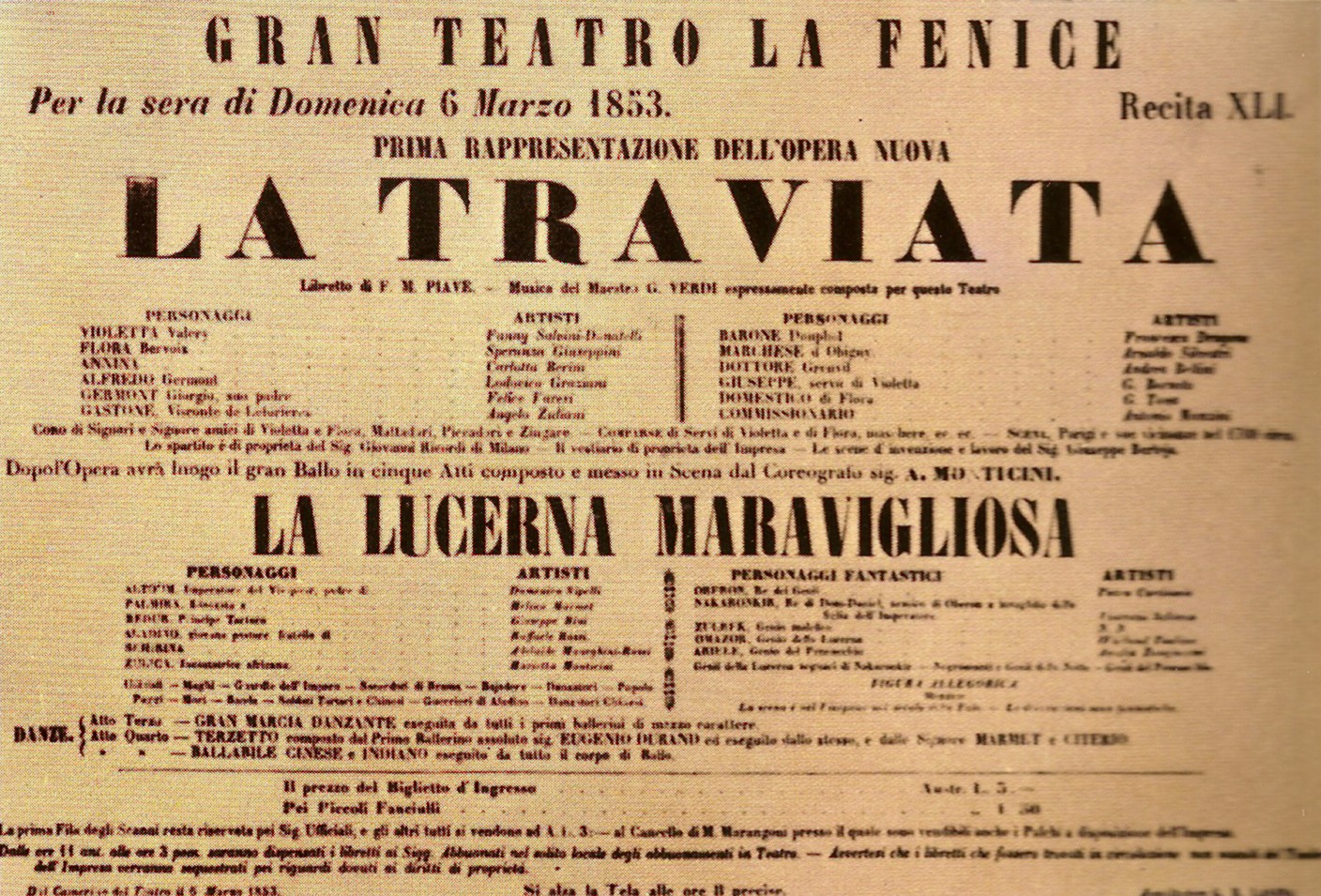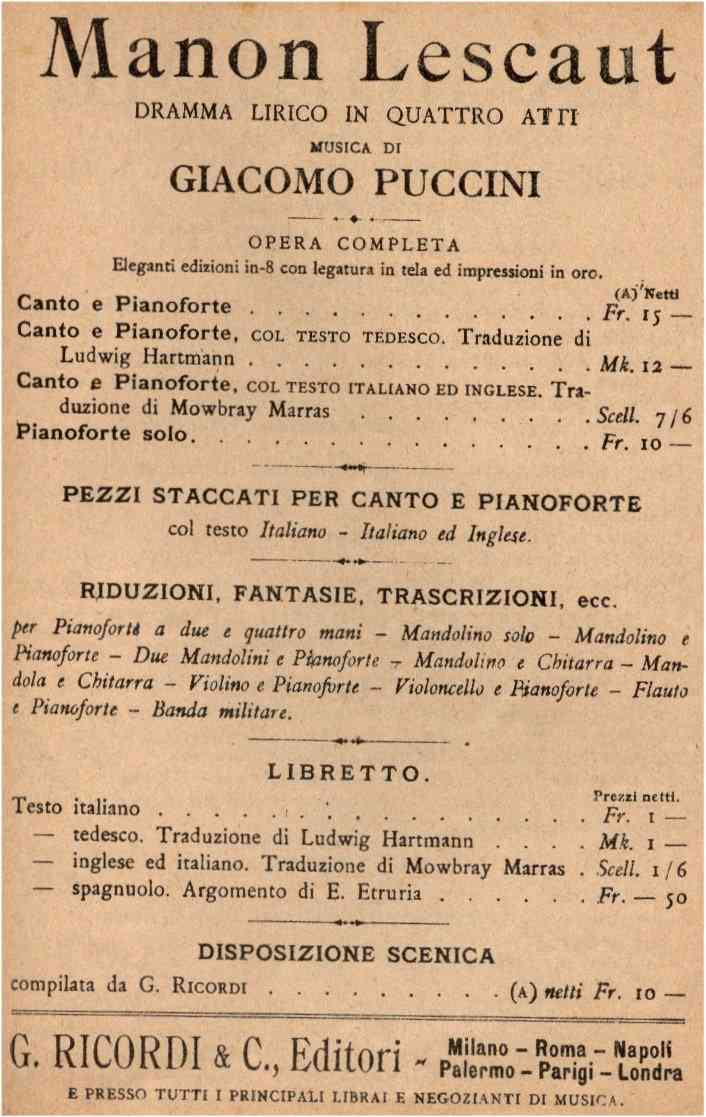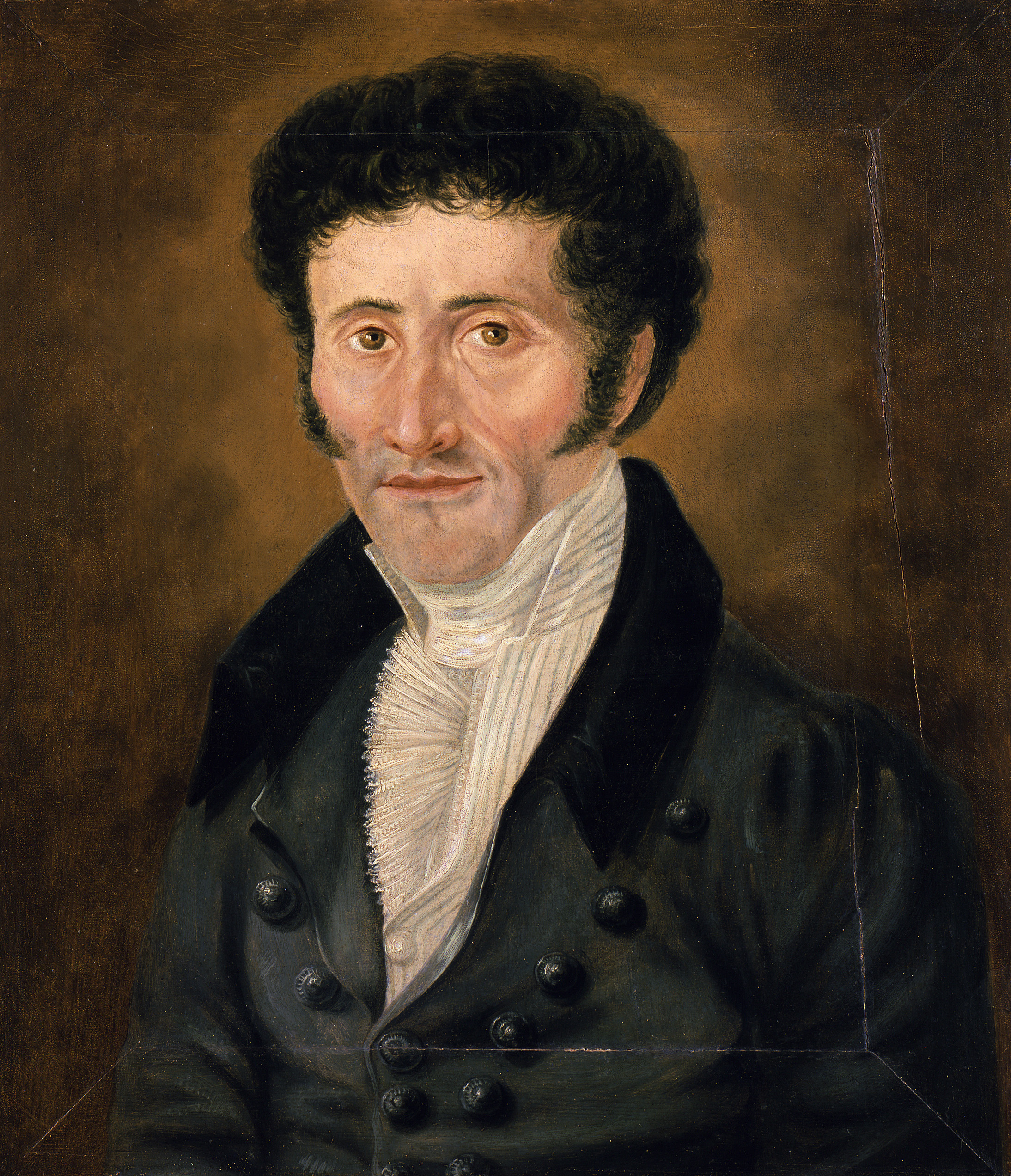|
Jeanne Maubourg
Jeanne Maubourg (November 10, 1873 – 9 May 1953) was a Belgian opera singer. She sang with the Metropolitan Opera in New York from 1909 to 1914, taught voice in Montreal, and was heard in Canadian radio dramas in the 1930s and 1940s. Early life Jeanne Maubourg was born Jeanne Elisabeth Goffaux in Namur, the daughter of Alexis Hippolyte Goffaux, a musical conductor, and Marie Anne Nottet. (Her birth record gives 1873 as the date; most secondary sources give 1875 as the year.) Career Maubourg, a mezzo-soprano, began her opera career at the Théâtre de la Monnaie in 1897. She performed at London's Covent Garden for four seasons beginning in 1900. She was a member of the Metropolitan Opera from 1909 to 1914. She was in the cast when Arturo Toscanini conducted the American premiere of Gluck's '' Armide'' in 1910, sharing the stage with Enrico Caruso, Olive Fremstad, Louise Homer and Alma Gluck. She was also in the American premieres of ''Le donne curiose'' in 1912 and '' ... [...More Info...] [...Related Items...] OR: [Wikipedia] [Google] [Baidu] |
Namur
Namur (; ; nl, Namen ; wa, Nameur) is a city and municipality in Wallonia, Belgium. It is both the capital of the province of Namur and of Wallonia, hosting the Parliament of Wallonia, the Government of Wallonia and its administration. Namur stands at the confluence of the rivers Sambre and Meuse and straddles three different regions – Hesbaye to the north, Condroz to the south-east, and Entre-Sambre-et-Meuse to the south-west. The city of Charleroi is located to the west. The language spoken is French. The municipality consists of the following districts: Beez, Belgrade, Boninne, Bouge, Champion, Cognelée, Daussoulx, Dave, Erpent, Flawinne, Gelbressée, Jambes, Lives-sur-Meuse, Loyers, Malonne, Marche-les-Dames, Naninne, Saint-Servais, Saint-Marc, Suarlée, Temploux, Vedrin, Wépion, and Wierde. History Early history The town began as an important trading settlement in Celtic times, straddling east–west and north–south trade routes across the ... [...More Info...] [...Related Items...] OR: [Wikipedia] [Google] [Baidu] |
La Bohème
''La bohème'' (; ) is an opera in four acts,Puccini called the divisions ''quadri'', ''tableaux'' or "images", rather than ''atti'' (acts). composed by Giacomo Puccini between 1893 and 1895 to an Italian libretto by Luigi Illica and Giuseppe Giacosa, based on ''Scènes de la vie de bohème'' (1851) by Henri Murger. The story is set in Paris around 1830 and shows the Bohemian lifestyle (known in French as "") of a poor seamstress and her artist friends. The world premiere of ''La bohème'' was in Turin on 1 February 1896 at the Teatro Regio, conducted by the 28-year-old Arturo Toscanini. Since then, ''La bohème'' has become part of the standard Italian opera repertory and is one of the most frequently performed operas worldwide. In 1946, fifty years after the opera's premiere, Toscanini conducted a commemorative performance of it on radio with the NBC Symphony Orchestra. A recording of the performance was later released by RCA Victor on vinyl record, tape and compact disc. ... [...More Info...] [...Related Items...] OR: [Wikipedia] [Google] [Baidu] |
Gillette De Narbonne
''Gillette de Narbonne'' is an '' opéra comique'' in three acts, with music by Edmond Audran and words by Alfred Duru and Henri Chivot. It is based on a fabliau from ''The Decameron'' and depicts a rejected bride posing as another woman to deceive her husband into consummating their marriage. The first performance was on 11 November 1882 at the Théâtre des Bouffes-Parisiens, Paris, where it ran for 122 performances, until the following March. Productions followed in London, where the piece failed to run, and Berlin, where it was more successful. Background and first performance In the 1850s the Théâtre des Bouffes-Parisiens had been celebrated for its association with Jacques Offenbach.Lamb, Andrew"Offenbach, Jacques (Jacob)" ''Grove Music Online'', Oxford University Press, 2007. Retrieved 11 December 2018 "Gille ... [...More Info...] [...Related Items...] OR: [Wikipedia] [Google] [Baidu] |
The Lilac Domino
''Der lila Domino'' (''The Lilac Domino'') is an operetta in three acts composed by Charles Cuvillier. The original German libretto is by Emmerich von Gatti and Bela Jenbach, about a gambling count who falls in love at a masquerade ball with a noblewoman wearing a lilac domino mask. The operetta achieved far greater popularity in Britain and America than it did in Germany or France. Although ''The Lilac Domino'' became Cuvillier's greatest international hit, he won success in his native Paris with the operetta ''La reine s'amuse'' (1912; ''The Naughty Princess'' in London, 1920). He was popular in Germany before the First World War, and ''Der lila Domino'' was the first of two operettas that he wrote for German theatres. Performance history ''Der lila Domino'' was first performed in Leipzig, Germany, on February 3, 1912, where it was a failure.Andrew Lamb (writer), Lamb, Andrew''150 Years of Popular Musical Theatre'' p. 196, Yale University Press, 2000 Although produced with su ... [...More Info...] [...Related Items...] OR: [Wikipedia] [Google] [Baidu] |
Rigoletto
''Rigoletto'' is an opera in three acts by Giuseppe Verdi. The Italian libretto was written by Francesco Maria Piave based on the 1832 play ''Le roi s'amuse'' by Victor Hugo. Despite serious initial problems with the Austrian censors who had control over northern Italian theatres at the time, the opera had a triumphant premiere at La Fenice in Venice on 11 March 1851. The work, Verdi's sixteenth in the genre, is widely considered to be the first of the operatic masterpieces of Verdi's middle-to-late career. Its tragic story revolves around the licentious Duchy of Mantua, Duke of Mantua, his hunch-backed court jester Rigoletto, and Rigoletto's daughter Gilda. The opera's original title, ''La maledizione'' (The Curse), refers to a curse placed on both the Duke and Rigoletto by a courtier whose daughter the Duke has seduced with Rigoletto's encouragement. The curse comes to fruition when Gilda falls in love with the Duke and sacrifices her life to save him from the assassin hired by ... [...More Info...] [...Related Items...] OR: [Wikipedia] [Google] [Baidu] |
La Traviata
''La traviata'' (; ''The Fallen Woman'') is an opera in three acts by Giuseppe Verdi set to an Italian libretto by Francesco Maria Piave. It is based on ''La Dame aux camélias'' (1852), a play by Alexandre Dumas ''fils'' adapted from his own 1848 novel. The opera was originally titled ''Violetta'', after the main character. It was first performed on 6 March 1853 at La Fenice opera house in Venice. Piave and Verdi wanted to follow Dumas in giving the opera a contemporary setting, but the authorities at La Fenice insisted that it be set in the past, "c. 1700". It was not until the 1880s that the composer's and librettist's original wishes were carried out and " realistic" productions were staged. ''La traviata'' has become immensely popular and is among the most frequently performed of all operas. Composition history For Verdi, the years 1851 to 1853 were filled with operatic activity. First, he had agreed with the librettist Salvadore Cammarano on a subject for what would ... [...More Info...] [...Related Items...] OR: [Wikipedia] [Google] [Baidu] |
Otello
''Otello'' () is an opera in four acts by Giuseppe Verdi to an Italian libretto by Arrigo Boito, based on Shakespeare's play ''Othello''. It was Verdi's penultimate opera, first performed at the Teatro alla Scala, Milan, on 5 February 1887. The composer was reluctant to write anything new after the success of ''Aida'' in 1871, and he retreated into retirement. It took his Milan publisher Giulio Ricordi the next ten years, first to encourage the revision of Verdi's 1857 ''Simon Boccanegra'' by introducing Boito as librettist and then to begin the arduous process of persuading and cajoling Verdi to see Boito's completed libretto for ''Otello'' in July/August 1881. However, the process of writing the first drafts of the libretto and the years of their revision, with Verdi all along not promising anything, dragged on. It wasn't until 1884, five years after the first drafts of the libretto, that composition began, with most of the work finishing in late 1885. When it finally premiere ... [...More Info...] [...Related Items...] OR: [Wikipedia] [Google] [Baidu] |
Manon Lescaut (Puccini)
''Manon Lescaut'' () is an Italian-language opera in four acts composed by Giacomo Puccini between 1889 and 1892 to a libretto by Luigi Illica, Marco Praga and , based on the 1731 novel '' Histoire du Chevalier des Grieux, et de Manon Lescaut'' by the Abbé Prévost. The opera was first performed in 1893 in Turin, at the Teatro Regio. Composition history The libretto is in Italian, and was cobbled together by five librettists whom Puccini employed: Ruggero Leoncavallo, Marco Praga, Giuseppe Giacosa, and Luigi Illica. The publisher, Giulio Ricordi, and the composer himself also contributed to the libretto. So confused was the authorship of the libretto that no one was credited on the title page of the original score. However, it was Illica and Giacosa who completed the libretto and went on to contribute the libretti to Puccini's next three – and most successful – works, ''La Bohème'', ''Tosca'' and ''Madama Butterfly''. Puccini took some musical elements in ''Manon Lesca ... [...More Info...] [...Related Items...] OR: [Wikipedia] [Google] [Baidu] |
Falstaff (opera)
''Falstaff'' () is a comic opera in three acts by the Italian composer Giuseppe Verdi. The Italian-language libretto was adapted by Arrigo Boito from the play '' The Merry Wives of Windsor'' and scenes from '' Henry IV, Part 1'' and '' Part 2'', by William Shakespeare. The work premiered on 9 February 1893 at La Scala, Milan. Verdi wrote ''Falstaff'', the last of his 28 operas, as he approached the age of 80. It was his second comedy, and his third work based on a Shakespeare play, following '' Macbeth'' and '' Otello''. The plot revolves around the thwarted, sometimes farcical, efforts of the fat knight Sir John Falstaff to seduce two married women to gain access to their husbands' wealth. Verdi was concerned about working on a new opera at his advanced age, but he yearned to write a comic work and was pleased with Boito's draft libretto. It took the collaborators three years from mid-1889 to complete. Although the prospect of a new opera from Verdi aroused im ... [...More Info...] [...Related Items...] OR: [Wikipedia] [Google] [Baidu] |
Coppélia
''Coppélia'' (sometimes subtitled: ''La Fille aux Yeux d'Émail'' (The Girl with the Enamel Eyes)) is a comic ballet from 1870 originally choreographed by Arthur Saint-Léon to the music of Léo Delibes, with libretto by Charles-Louis-Étienne Nuitter. Nuitter's libretto and mise-en-scène was based upon E. T. A. Hoffmann's short story ''Der Sandmann'' (''The Sandman''). In Greek, ''κοπέλα'' (or ''κοπελιά'' in some dialects) means ''young woman''. ''Coppélia'' premiered on 25 May 1870 at the Théâtre Impérial de l'Opéra, with the 16-year-old Giuseppina Bozzacchi in the principal role of Swanhilda and ballerina Eugénie Fiocre playing the part of Frantz ''en travesti''. The costumes were designed by Paul Lormier and Alfred Albert, the scenery by Charles-Antoine Cambon (Act I, scene 1; Act II, scene 1), and Édouard Desplechin and Jean-Baptiste Lavastre (Act I, scene 2). The ballet's first flush of success was interrupted by the Franco-Prussian War and t ... [...More Info...] [...Related Items...] OR: [Wikipedia] [Google] [Baidu] |
The Tales Of Hoffmann
''The Tales of Hoffmann'' (French: ) is an by Jacques Offenbach. The French libretto was written by Jules Barbier, based on three short stories by E. T. A. Hoffmann, who is the protagonist of the story. It was Offenbach's final work; he died in October 1880, four months before the premiere. Composition history and sources Offenbach saw a play, , written by Barbier and Michel Carré and produced at the Odéon Theatre in Paris in 1851. After returning from America in 1876, Offenbach learned that Barbier had adapted the play, which had now set to music at the Opéra. Salomon handed the project to Offenbach. Work proceeded slowly, interrupted by the composition of profitable lighter works. Offenbach had a premonition, like Antonia, the heroine of Act 2, that he would die prior to its completion. Offenbach continued working on the opera throughout 1880, attending some rehearsals. On 5 October 1880, he died with the manuscript in his hand, just four months before the opening. ... [...More Info...] [...Related Items...] OR: [Wikipedia] [Google] [Baidu] |
Faust (opera)
''Faust'' is an opera in five acts by Charles Gounod to a French libretto by Jules Barbier and Michel Carré from Carré's play ''Faust et Marguerite'', in turn loosely based on Johann Wolfgang von Goethe's ''Faust, Part One''. It debuted at the Théâtre Lyrique on the Boulevard du Temple in Paris on 19 March 1859, with influential sets designed by Charles-Antoine Cambon and Joseph Thierry, Jean Émile Daran, Édouard Desplechin, and Philippe Chaperon. Performance history The original version of Faust employed spoken dialogue, and it was in this form that the work was first performed. The manager of the Théâtre Lyrique, Léon Carvalho cast his wife Caroline Miolan-Carvalho as Marguerite and there were various changes during production, including the removal and contraction of several numbers. The tenor Hector Gruyer was originally cast as Faust but was found to be inadequate during rehearsals, being eventually replaced by a principal of the Opéra-Comique, Joseph-Théodore ... [...More Info...] [...Related Items...] OR: [Wikipedia] [Google] [Baidu] |








_1.jpg)

